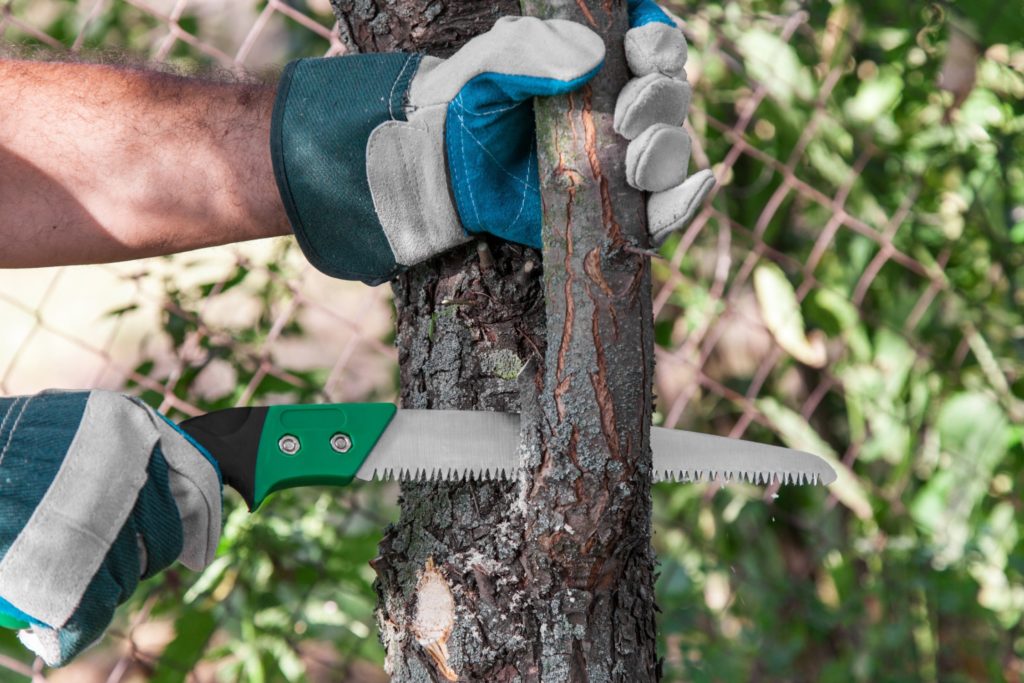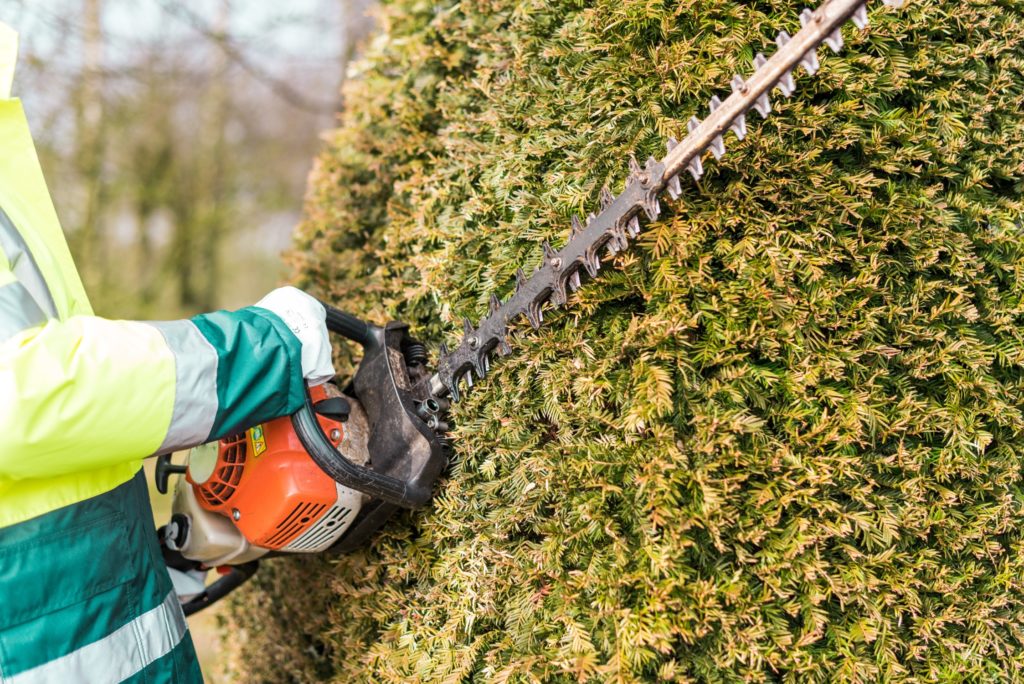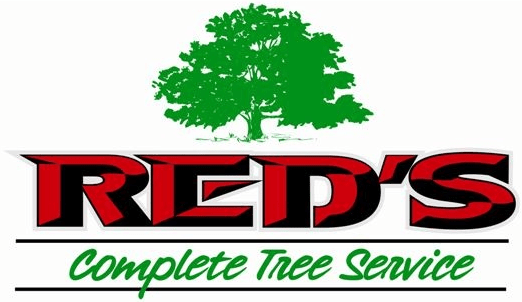Although it may not seem like it, winter is actually an ideal time to prune most trees and shrubs. Even in the relatively mild Mid-South winters, most woody plants are dormant, which means there’s less chance of disease and insects invading your pruning cuts. Now that almost all the leaves have fallen, it’s much easier to see the overall form and structure of your plants and trees, making damaged and diseased branches more readily apparent. Winter pruning also leaves your plants with extra root and energy reserves, which helps wounds to heal more quickly, and supports the kind of vigorous spring growth that will obscure any pruning cuts. It also gives you a good excuse to get outside and enjoy some fresh air!
Why pruning is important
There are a number of reasons why you should be regularly trimming and pruning your trees and shrubs. The most common reason is to reduce or maintain the size and shape of a plant or tree. Pruning also:
- influences trees to grow in a more ideal, and stable, way
- reduces the risk of compromised branch structures and improper weight distribution
- improves the overall look of a tree or shrub
- removes dead, diseased, and damaged branches
- increases flowers and fruits
- stimulates growth
- removes branches that may be a problem for pedestrians, traffic, and buildings
Here at Red’s Tree Services, we offer tree trimming and pruning services throughout Memphis and the surrounding communities. Certain species of trees require more precise timing and different approaches for proper pruning, and having an experienced arborist on hand will help keep both you and your trees safe. Using a licensed tree service professional ensures a correct pruning and trimming job will be done, creating and maintaining strong tree structures that look beautiful and eliminate safety hazards. However, there is plenty of pruning the average homeowner can handle. Let’s take a look at some of the techniques you can use when pruning most woody plants, how they protect your trees and shrubs, and when you should call in a professional!
Pruning Techniques
There are a few basic pruning techniques, each of which is aimed at producing a different effect. No matter the cut, you should use only sharp, high-quality, well-maintained equipment for efficiency and safety.
Pinching
This easy “cut” can actually be achieved without cutting: terminal buds can simply be pinched off with a thumb and forefinger. Pinching stops the stem from elongating and encourages bushy growth. This technique is typically done on annual and perennial flowers and sometimes certain vegetables. It can also be effective for directing growth on small-leafed shrubs in order to give the plant an even shape.

Heading
With heading, you would cut further back on the shoot than you would when pinching. In most cases, you’ll want to make your cut at a slight angle above the bud or side branch. This type of cut should not leave a stub, since these will usually rot and increase the chances of insects and disease settling in to attack the healthy material. Stubs that are left from pruning usual rot and later invite insects and disease to move in and attack healthy material. Heading is normally done with hand-held pruning shears, and stimulates the buds just below the cut, encouraging dense growth. This is a more aggressive trimming approach than pinching, and is suitable for shaping certain small shrubs and flowering perennials.
Thinning
Thinning removes an entire branch back to the next branch or the main trunk. It reduces the bulk of a plant with minimal regrowth, and promotes better health by removing weak and diseased branches, and increasing light and air penetration. When making a thinning cut, steer clear of cutting into the branch collar. This is the base area of the branch you are removing, and cutting into or removing it can slow down the healing process and increase the risk of infection. Depending on the thickness of the branch, you can use hand-held pruners, loppers, or a pruning saw to remove it.
Shearing
Shearing is a technique that is customarily used to create a hedge or a bush with a specific form, such as spherical or square. While it is a form of heading, it makes no attempt to cut back to a bud. Shearing stimulates a large number of buds to produce new growth, so be aware that once you start it, you’ll need to repeat this job regularly. Because this method cuts right through leaves, it’s best done on small-leafed plants, where the damage is less noticeable. You can use hand-held or electric hedge shears for this type of pruning.

Winter pruning in Memphis with Red’s Tree Service
When done correctly, pruning during winter will result in a vigorous burst of new growth in the spring. We normally recommend waiting until the coldest part of winter has passed. Although you may choose to do your own pruning and trimming, the kind of thoughtful, professional pruning our expert team can provide during the dormant winter season will allow you more time to enjoy all the fruits and blooms of our labors once spring arrives! For a free estimate, get in touch with us today.
